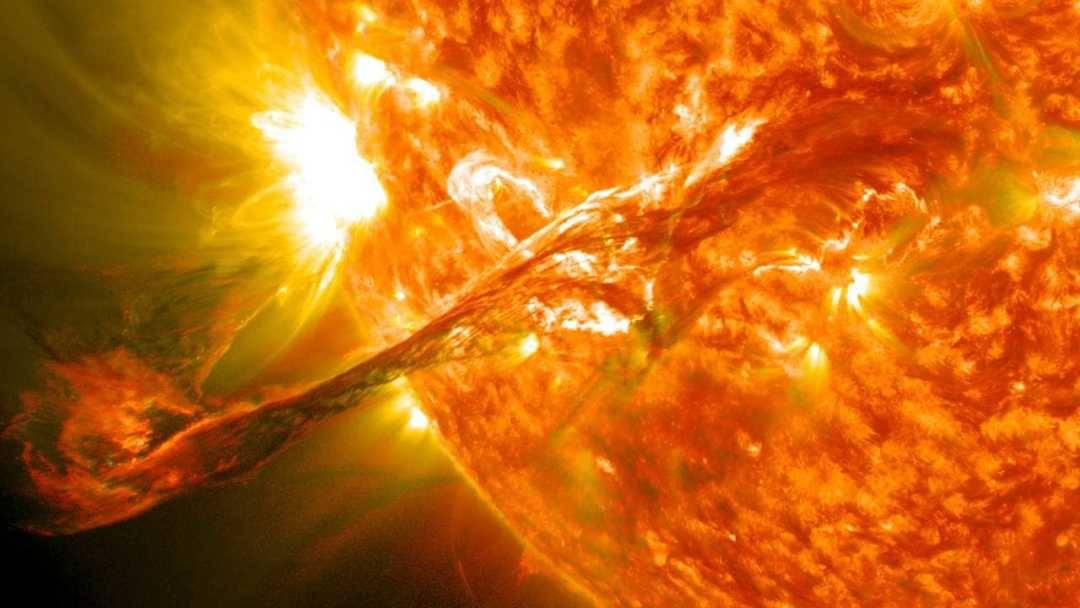
Attention Earthlings! A high-speed solar storm, at a speed of 1.6 million km per hour, is approaching planet Earth, says National Aeronautics and Space Administration (NASA). The storm is expected to hit Earth today and affect its magnetic field. This can disrupt power supply, phone signals, GPS, and other communication infrastructure across the globe.
This solar flare was first detected by scientists on July 3. The flare is coming out from an equatorial hole in the sun’s atmosphere. The flare can travel at a maximum speed of 500 km per second, as per reports by spaceweather.com.
Solar storms
According to scientists, full-fledged geomagnetic storms (which are linked to magnetic fields of the Earth) are unlikely. However, lesser geomagnetic unrest can lead to high-latitude auroras.
The incoming flares may also impact the satellites positioned in the upper atmosphere of the Earth. This can affect satellite TV, GPS navigation, power grids, and mobile phone signals.
The latest prediction by the Space Weather Prediction Center of the United States, the storm can also create a blackout of high-frequency radio communication in a huge area. This could be for an hour or so. The Center has categorized solar flares at X1 level. Here, “X” connotes “classification” and “1” connotes flare strength.
What are solar flares?
Solar flares are strong explosions that occur on the sun surface. The flares release huge energy, light, and high-speed particles into space.
As per NASA, the biggest flares are called “x-class flares” that are based on a classification system that classifies solar flares according to their strength.
The smallest flares come under A-class. As the strength of flare increases, they are classified as B, C, M, and X.
The solar flare, which is anticipated to hit Earth today, is of the X class.

















